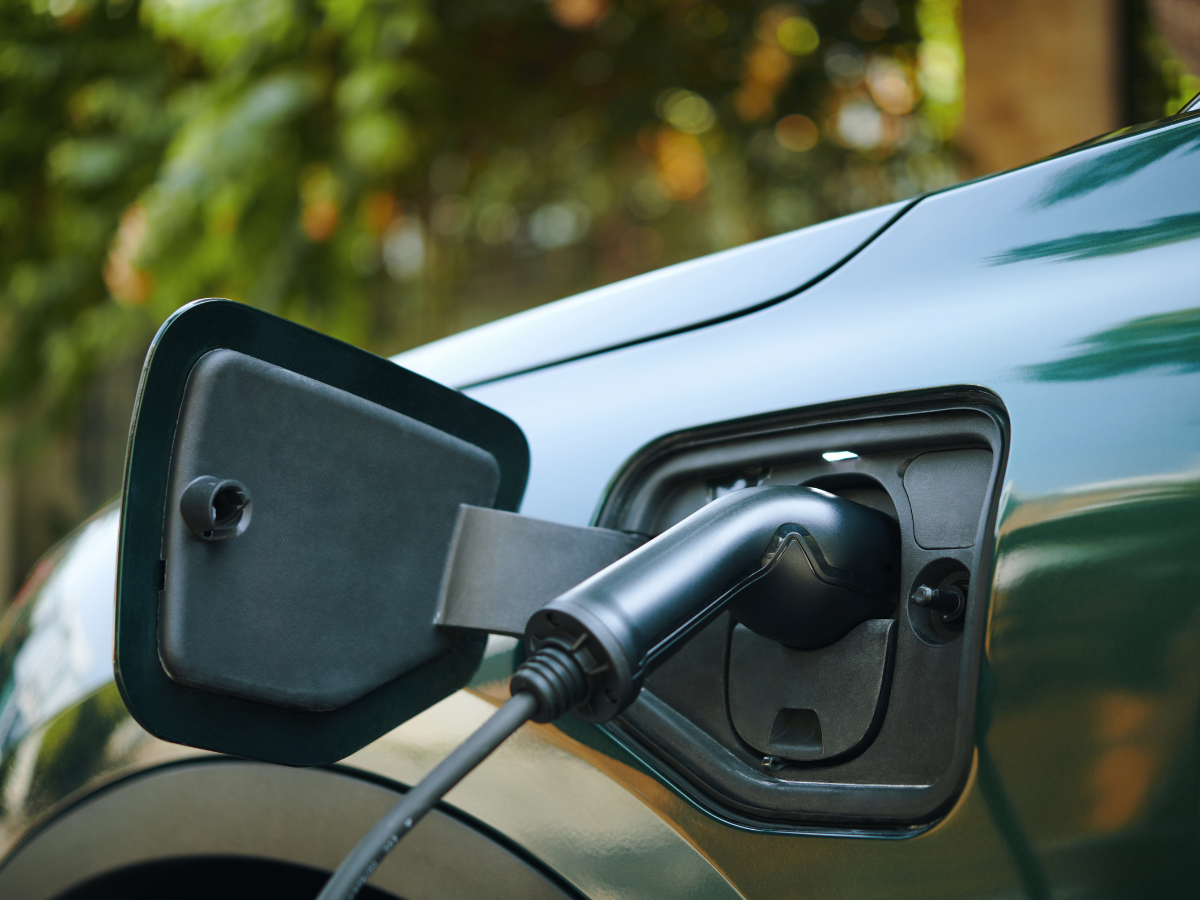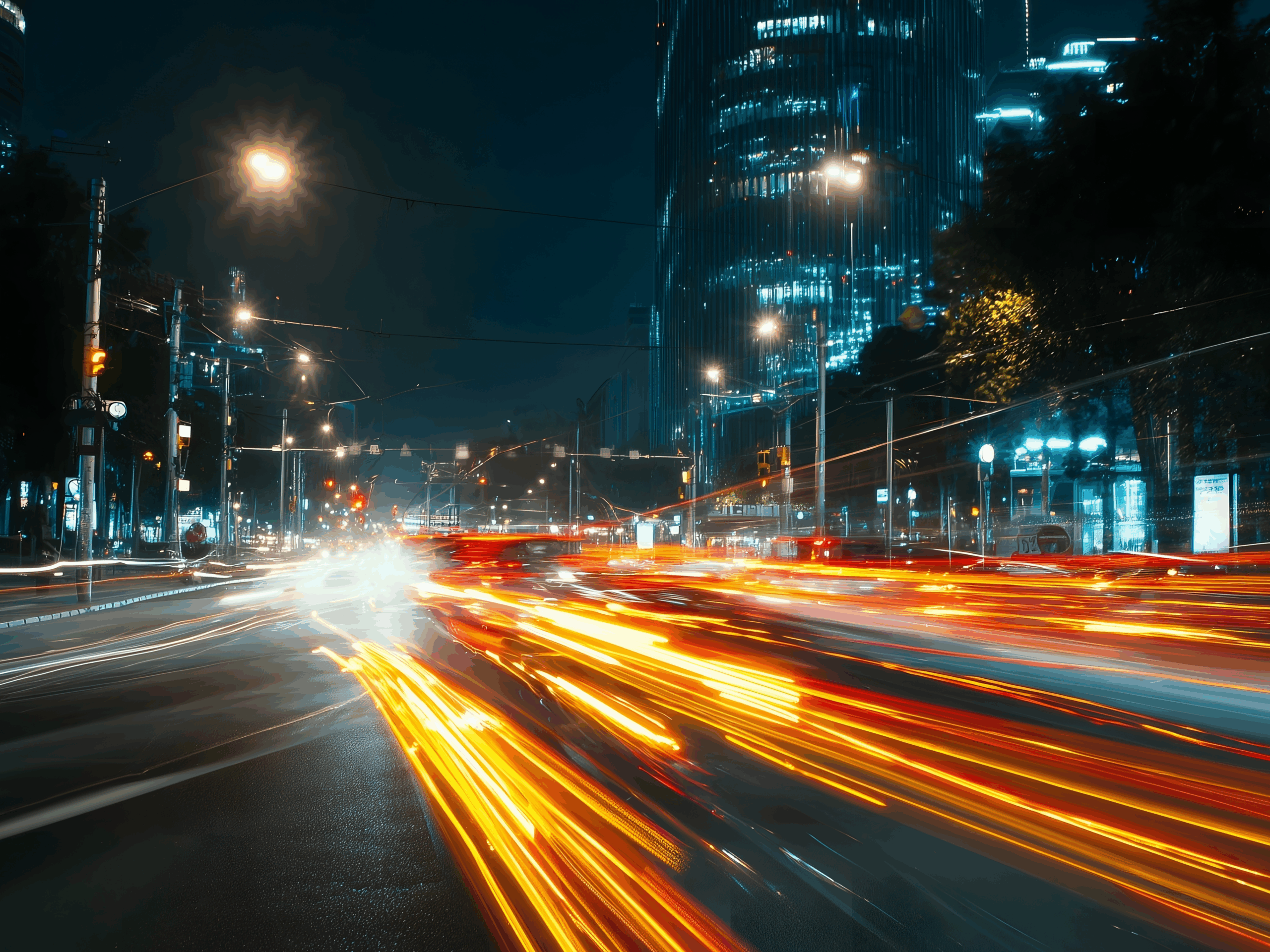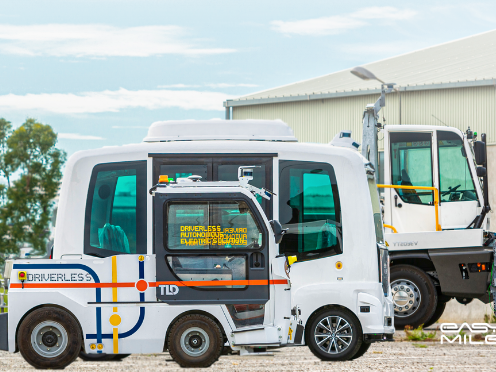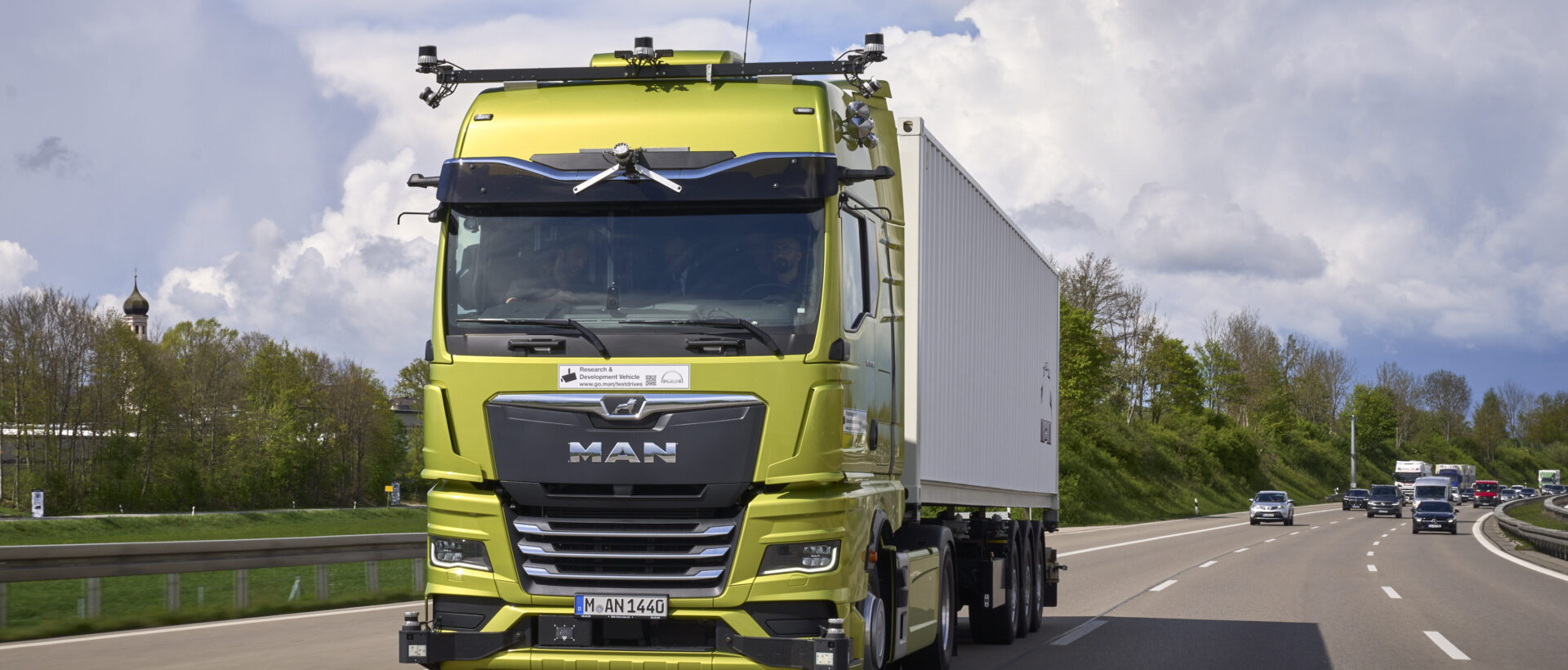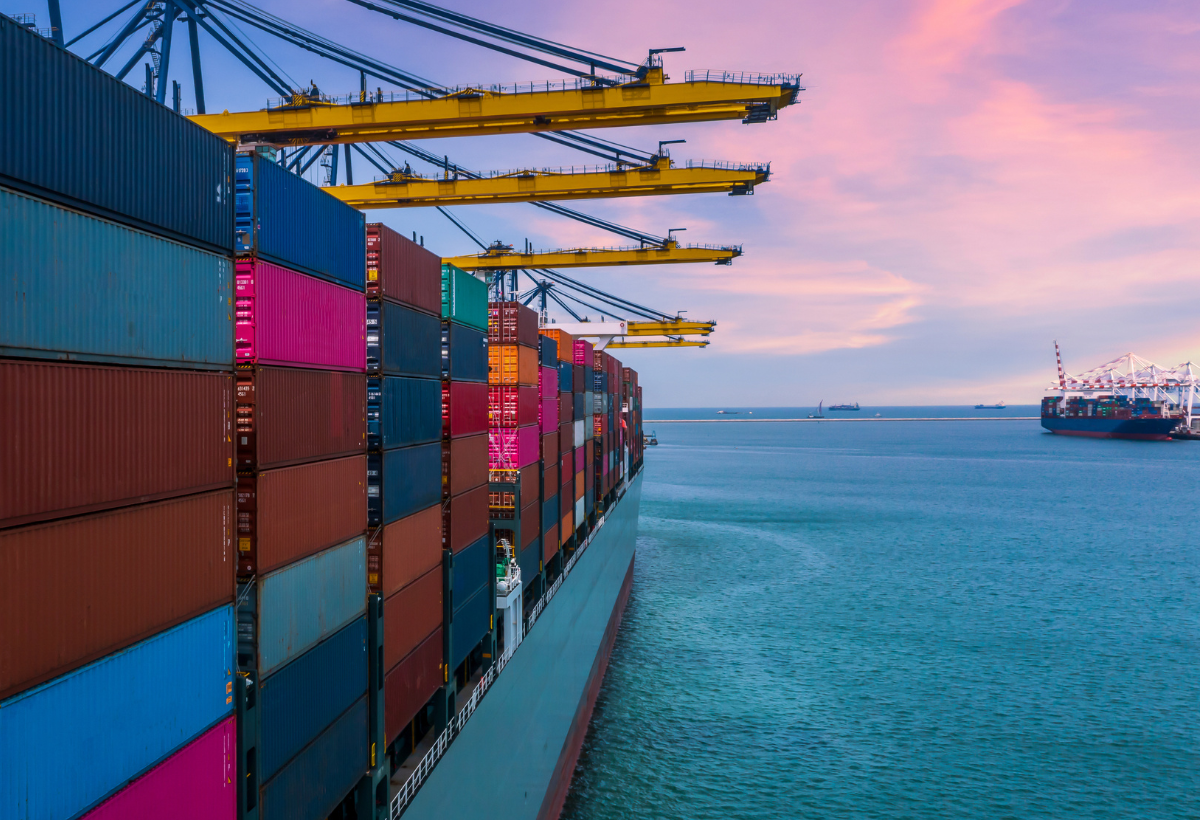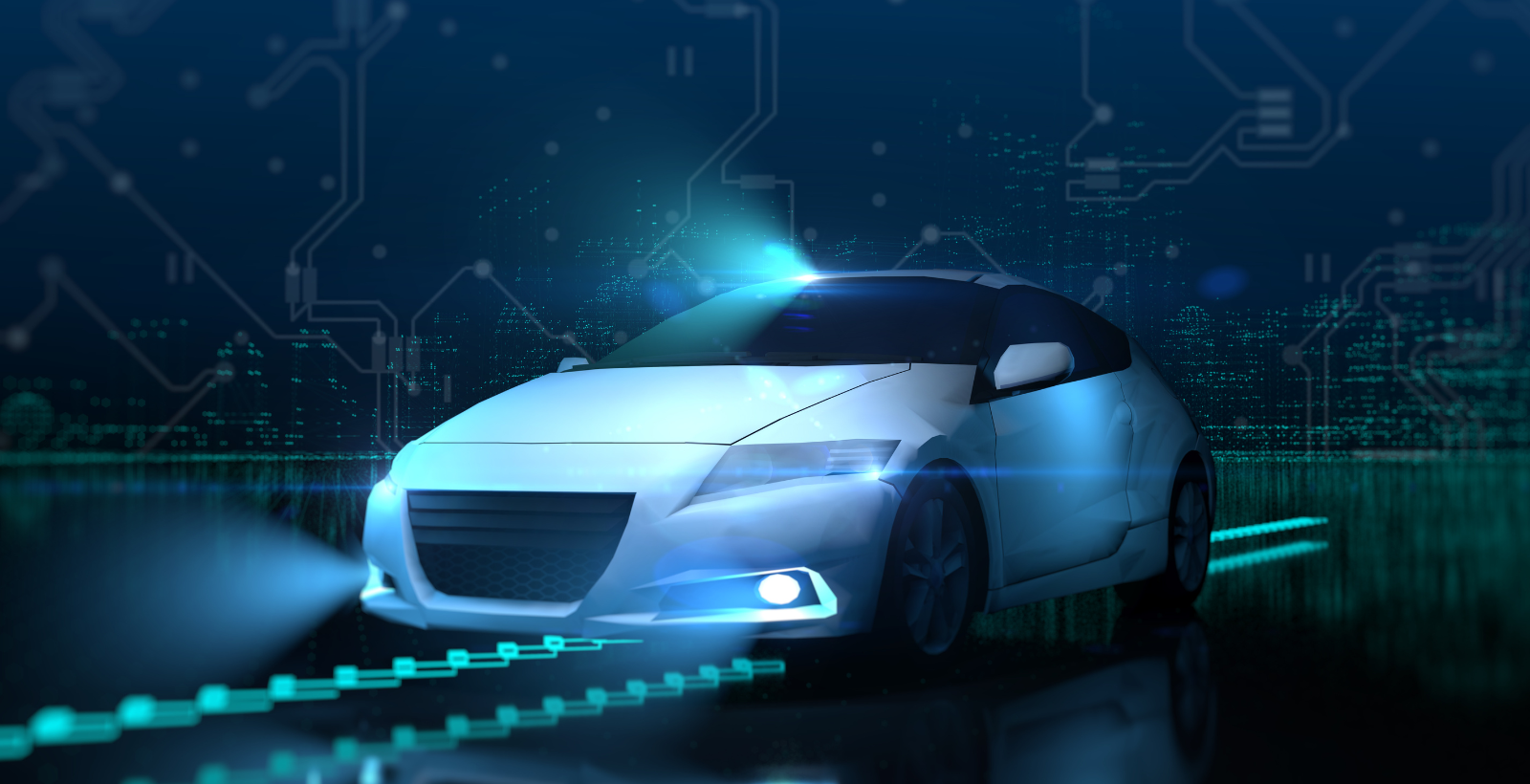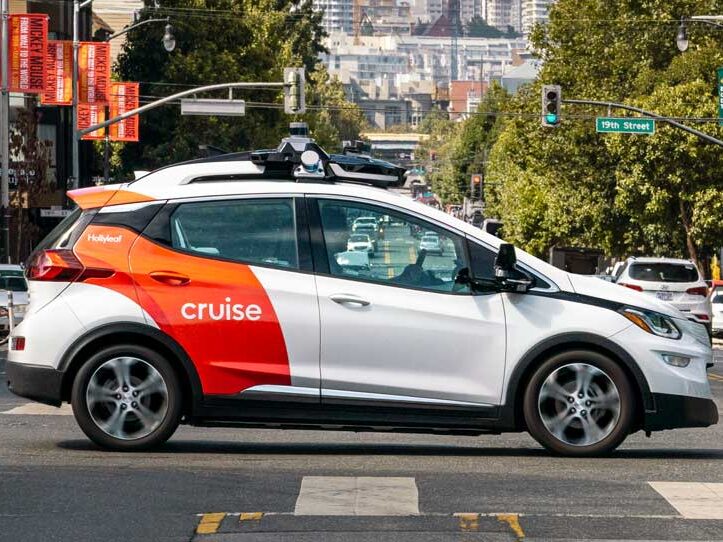By Chandana Patnaik, Senior Content Writer at Stratview Research
Book a cab, board, relax, and reach your destination, all without a ‘human driver’. Instead, an onboard (or built-in) computer drives the car within a limited space and at a limited speed. These innovative robotaxis are an example of Level 4 autonomous driving vehicles that can run without a human driver.
There’s no magic, but science behind these self-driven cars. Robotaxis use a variety of sensors to collect real-time data on their surroundings and then make logical decisions and actions. In recent years, these robotaxis have become one of the hottest topics in the automotive industry and beyond.

Key Technologies Enabling the True ‘Auto’ in ‘Automobile’
According to The Society of Automotive Engineers (SAE), a vehicle termed a ‘robotaxi’ must have at least Level 4 autonomy, defined as ‘high automation’. The vehicle should be able to perform all driving tasks under specified conditions, but a human driver will be still able to take control of the vehicle if needed, either remotely or on-board. Level 5 autonomy robotaxis use ‘full automation’ and can perform all driving tasks under all conditions.
Robotaxis designed for on-demand transportation services rely on a set of advanced technologies to enable their safe and efficient operation. Below are a few key technologies that power robotaxis:
Sensors and Perception: LiDAR technology is often used to perceive surroundings and range accurately, LiDARs and Radars, in addition to cameras, help robotaxis see objects in low-light situations that human drivers can’t. According to Waymo, its LiDar systems can even detect a helmet, two football grounds away.
Localisation and Mapping: GPS integration and high-definition (HD) maps provide a detailed representation and mapping of the environment. Some robotaxis (including Amazon’s Zoox Robotaxi) are already being manufactured with a detailed semantic map of the environment. This helps them understand everything about the surrounding infrastructure, road rules, speed limits, locations of signals, and more.
Planning and Decision Making: Artificial Intelligence and Machine Learning algorithms enable route planning, obstacle detection, and move selection for robotaxis. Amazon’s Zoox Robotaxi, for example, combines cutting-edge AI, ML, hardware, and sensors to predict trajectories of things/people/animals/signals, as far as 8 seconds into the future. The group is now working to integrate deeper prediction systems so that the robotaxi can predict its upcoming actions based on the performed actions.
Robotaxis are also equipped with Vehicle Control Systems that control car’s steering, acceleration, and braking for autonomous operation depending on the signals received from the mapping, imaging, and other sensors. Advanced communication technologies are also a vital part of robotaxis. This includes vehicle-to-vehicle (V2V) and vehicle-to-infrastructure (V2I) communication, which allow the robotaxis to exchange data with other vehicles and infrastructure to improve coordination and safety.
Beyond the Hype
The interest in robotaxis is not just a media hype. Major automobile and tech companies are pouring their resources into developing this technology. These investments are fuelled by the potential impact of robotaxis on the automotive market. Major trends impacting the automotive market are:
- Zero-emission vehicles to improve fuel efficiency
- Autonomous driving to reduce human dependence
- Innovative mobility models to reduce costs per mile
Benefits of Robotaxis
Robotaxis check all the boxes in addressing the above-mentioned industry challenges. Here’s how:
Fuel Efficiency
Transportation accounted for more than a third of CO2 emissions from end‐use sectors in 2023, as per the International Energy Agency. Robotaxis can be hybrid, solar-powered, gasoline-powered, hydrogen-powered, or electric. Widescale adoption of e-robotaxis could therefore lead to a significant emission reduction, as electric vehicles emit almost three times less carbon dioxide than petrol or diesel vehicles.
Robotaxis also offer shared transportation services which may result in fewer cars on the road, reduce congestion, and increase parking space, thus contributing to a greener environment.
Safety
Several studies show that >90% of car accidents occur due to human errors. Meanwhile, the National Center for Biotechnology Information (NCBI) claims that autonomous vehicles have the potential to mitigate up to 90% of traffic fatalities by eliminating accidents caused by human errors. Robotaxis can aid in reducing accidents and improving safety.
Cost
Robotaxis can reduce cost per mile. TERAKI, a leading software provider for AI-based sensors explains that the cost reduction in robotaxis can be mainly attributed to the elimination of the costs of the driver. They state that the robotaxis could cost less than $0.2/mile which is very low compared to an average ride cost of $2-$3/mile.
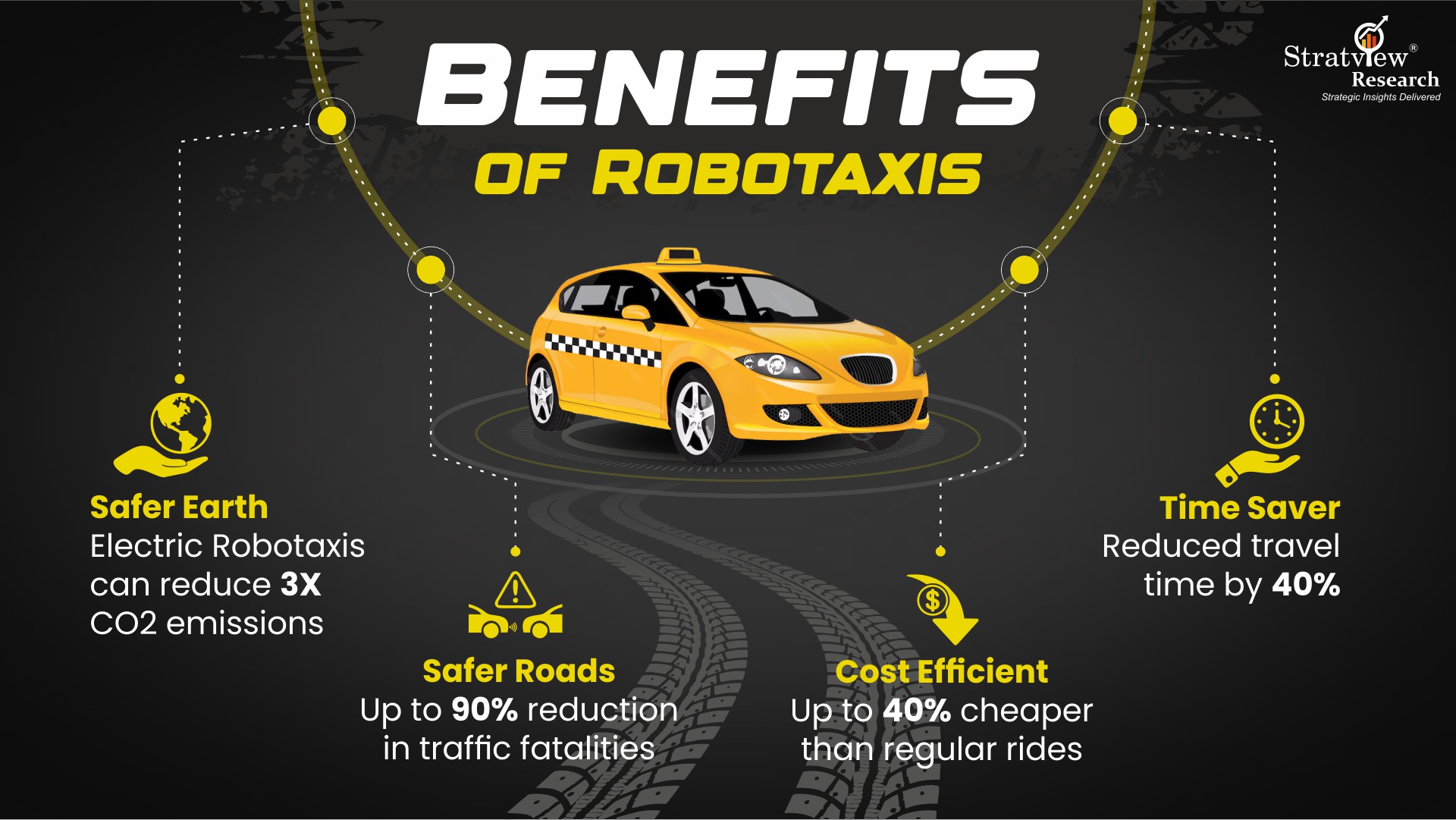
Roll-out of Robotaxis – Challenges and Problems
Some studies estimate that there will be more than a million robotaxis on the roads globally by 2030. Equally optimistic are the estimates of Stratview Research, which forecasts that the global market of robotaxis will cross the 56 billion USD mark by 2030.
However, the real intrigue lies under the hood. Robotaxis are no less than mobile data centres on wheels, and here, digital safety comes as a challenge. In 2019, SAE International and Synopsys published a study on cybersecurity practices in the automotive industry, conducted by Ponemon Institute. This research found that connected vehicles are rich in physical safety features but not so rich in digital safety features.
In addition, Upstream’s 2022 Global Automotive Cybersecurity Report highlights the vulnerability of internet-connected vehicles. It states that more than 80% of overall global attacks were carried out remotely. A cyber-attack on an autonomous vehicle could lead to disabling or even crashing a vehicle, remote hacking, or tampering with sensor data, posing risk to passengers.
Another pothole that robotaxis are going through is the safety of pedestrians and surroundings. Cruise, a robotaxi by General Motors suspended its US operations in October 2023, after an incident in San Francisco, where one of its robotaxis dragged a pedestrian struck by another car. However, the group is preparing to resume testing of its robotaxis on public roads with safety drivers this year.
Are We on the Brink of Robotaxi-Revolution?
The market demand for robotaxis is being driven by several factors, including technological advancements, government support, and more. Consequently, several major car manufacturers and tech companies are planning to deploy their robotaxis very soon, such as Google, Amazon, Tesla, Volkswagen-Cariad, Geely/Volvo, Bosch/ETAS, etc.
China, one of the fastest-growing markets for autonomous vehicles, has launched several pilot projects for robotaxi services with hundreds of vehicles in major cities. These involve leading players such as Baidu, AutoX, WeRide, Didi, etc. Pony.ai, and Baidu, who are concentrating on accelerating the commercial operations of robotaxis in China.
In line with current trends, China is expected to have the world’s largest robotaxi fleet by 2040. Beyond China, robotaxi fleets have already been deployed in several countries like the US and the UAE, with tests underway in other countries such as Germany, Russia and the UK.
Arguably, robotaxis could even leapfrog private vehicles, since different reports suggest that robotaxis can cover three to five times the annual distance compared to private passenger vehicles, depending on the region. This means that a higher adoption of robotaxis could result in fewer vehicles on the road, while offering the same level or an improved level of mobility to consumers.
However, it is fair to say that consumers will not accept autonomous cars unless they are confident that they will be at least as safe as they would be on any other traditional vehicle. Considering the hurdles on the way to widespread adoption, it seems the bright future of robotaxis is close, but the industry will have to get over a few speedbumps first.

Chandana Patnaik is an experienced technical writer, presently serving as a Senior Content Writer at Stratview Research. She has carved her niche in specific areas including disruptive technologies, information, and technologies.



